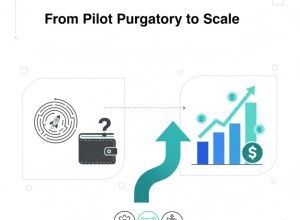Acoustic and Vibration AI for Process Quality
While vision AI dominates the discussion in automated inspection, many process deviations first reveal themselves in sound and vibration patterns. Using acoustic and vibration data, AI models can detect subtle anomalies long before a visual defect appears.
How It Works
Microphones and accelerometers capture signatures from motors, pumps, and actuators. Machine learning models compare live signals with baseline waveforms, identifying outliers that indicate wear, friction, or assembly issues.
Signal Processing Pipeline
- Sampling: High-frequency data acquisition (5–20 kHz).
- Feature extraction: FFT, Mel-frequency coefficients, and wavelet transforms.
- Modeling: Autoencoders or one-class SVMs for unsupervised anomaly detection.
Industrial Applications
- Welding arc sound classification for quality assurance.
- Compressor vibration profiling for predictive maintenance.
- Press-fit monitoring using frequency envelope analysis.
Case Example
A powertrain assembly line deployed vibration-based AI to detect faulty bearings. False reject rates dropped 70%, and unplanned downtime fell by 25% within one quarter.
Related Articles
- Multimodal QA: Fusing Vision, Force, and Sound
- Self-Calibration with AI: Reducing Manual Tweaks
- Statistical vs ML Quality Control: Choosing the Right Tool
Conclusion
Acoustic and vibration AI adds a new dimension to process quality — literally. By “listening” to machines, manufacturers can catch failures invisible to even the sharpest cameras.









































Interested? Submit your enquiry using the form below:
Only available for registered users. Sign In to your account or register here.